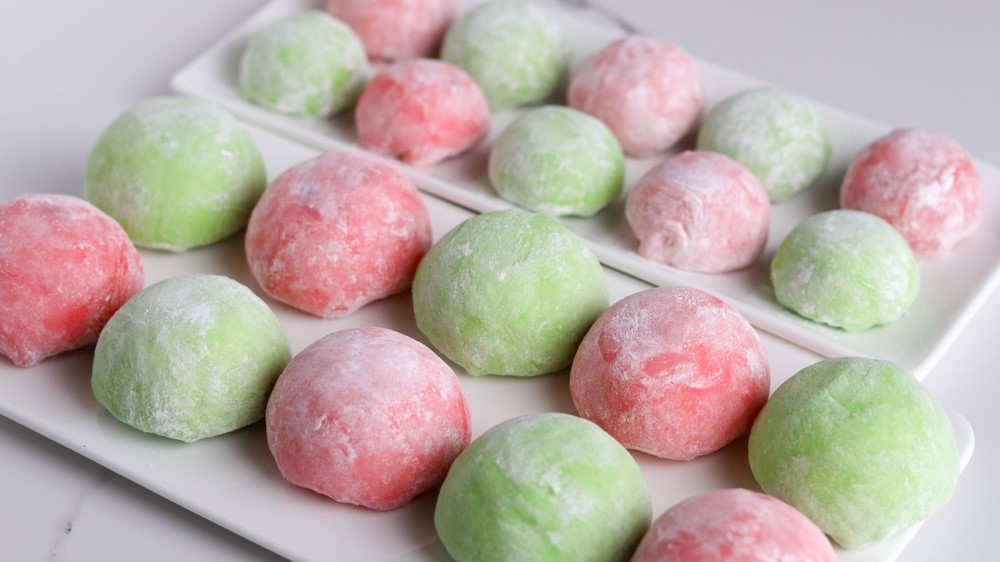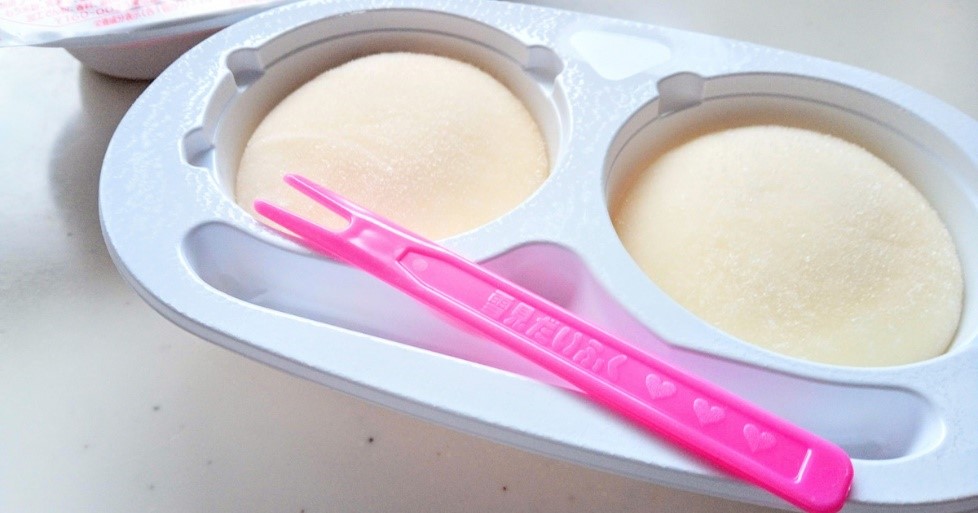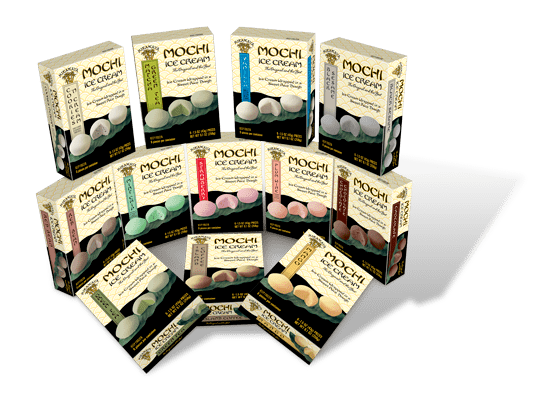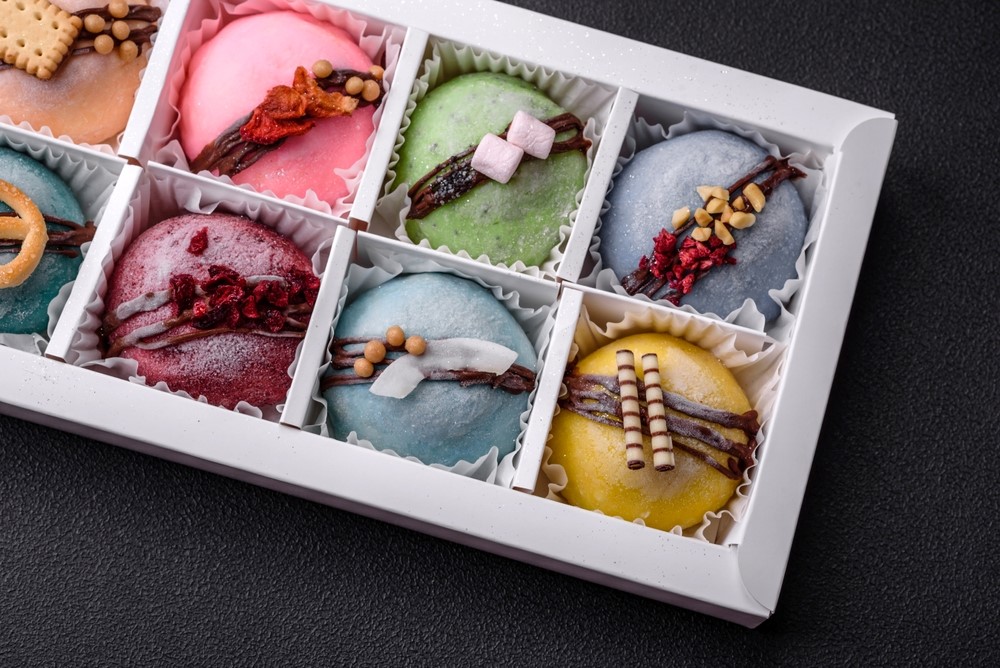Mochi: A Global Sensation with American Roots

Mochi, a traditional Japanese dessert made from glutinous rice, has been an integral part of Japanese cuisine for centuries. Recently, this sweet and chewy delicacy has gained worldwide popularity, particularly in the United States. While mochi has traditionally been used in both savory dishes and desserts in Japan, the surge in its popularity in America came not from a classic recipe but rather from an innovative, Americanized twist.
The journey of mochi’s popularity in the U.S. began in 1981 when a Korean company, Lotte, introduced mochi ice cream. Lotte’s concept of wrapping ice cream in mochi was inspired by the Japanese tradition of snow viewing, or “yukimi.” The cold, creamy ice cream inside the chewy mochi exterior was designed to complement the beauty of snowfall, showcasing how the cold could be deliciously sweet. However, the initial recipe had a significant flaw—it melted too quickly outside the freezer, limiting its practicality as a mainstream dessert. Despite being a creative marketing idea, it wasn’t the spark that ignited America’s love affair with mochi.

The real turning point came in the 1990s when a Los Angeles-based bakery, Mikawaya, refined the concept by introducing a more stable version of mochi ice cream. Mikawaya marketed this dessert as a fusion of Japanese and American flavors—essentially, an American adaptation of a Japanese dessert. Inspired by the traditional Japanese mochi filled with red bean paste, Mikawaya decided to use ice cream as a filling, choosing flavors more familiar to the American palate. Initially, they offered green tea, red bean, and mango flavors. The unique texture and flavor combination quickly caught on, leading to widespread popularity and paving the way for more brands to produce mochi ice cream.

By 2024, mochi ice cream has evolved far beyond its original flavors and is now available in a vast array of options that are not typically found in traditional Japanese desserts. In the United States, you can find mochi ice cream in flavors such as vanilla, coffee, cookies and cream, chocolate, strawberry, banana, caramel, and even s’mores. These distinctly American flavors have become fan favorites, demonstrating how the dessert has been adapted to suit local tastes. Today, mochi ice cream is widely accessible across the U.S., available in grocery stores, bakeries, and even at festivals as a popular street food.

While the mochi ice cream enjoyed in the United States today may not be an authentic Japanese dessert in the traditional sense, its global recognition is a testament to mochi’s versatility and appeal. The fact that mochi has captured the hearts of people worldwide, even in an Americanized form, is a celebration of its rich history and cultural significance. As we move further into 2024, the international appreciation for mochi only continues to grow, highlighting the ongoing cultural exchange and culinary innovation.











